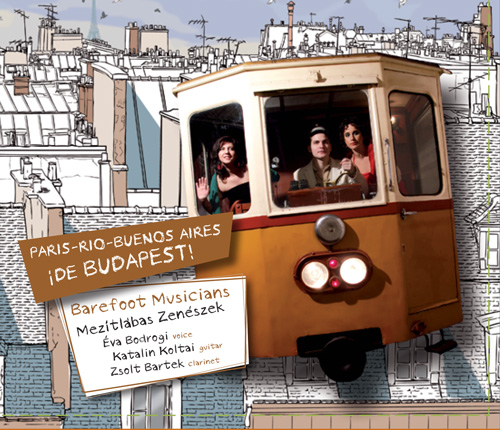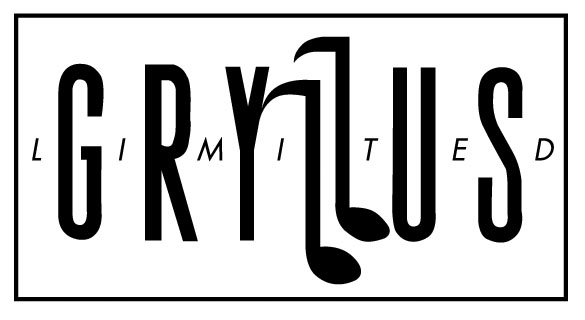Three expatriates. Their origins: Paris, Rio, Buenos Aires. Current location: Budapest

1 - Three expatriates in Budapest
2 - Heitor Villa-Lobos: Etude No.11
3 - Paul Jeanjean: Etude No.7. –Theme
4 - Astor Piazzolla: Café 1930

5 - Erdélyi Mihály: "A Dunaparton este zene szól” –chanson
6 - Astor Piazzolla: Libertango

7 - Jayme Ovalle: Azulao

8 - Alberto Ginastera: Triste
9 - Improvisation á Buenos Aires
10 - Heitor Villa-Lobos: Modinha
11 - Improvisation á Paris

12 - Erik Satie: La Diva de "L'Empire"
13 - Erik Satie: I. Gymnopédie
14 - Improvisation á Rio de Janeiro
15 - Astor Piazzolla: Libertango ¡DE Budapest! 55:17
2 - Heitor Villa-Lobos: Etude No.11
3 - Paul Jeanjean: Etude No.7. –Theme
4 - Astor Piazzolla: Café 1930
5 - Erdélyi Mihály: "A Dunaparton este zene szól” –chanson
6 - Astor Piazzolla: Libertango
7 - Jayme Ovalle: Azulao
8 - Alberto Ginastera: Triste
9 - Improvisation á Buenos Aires
10 - Heitor Villa-Lobos: Modinha
11 - Improvisation á Paris
12 - Erik Satie: La Diva de "L'Empire"
13 - Erik Satie: I. Gymnopédie
14 - Improvisation á Rio de Janeiro
15 - Astor Piazzolla: Libertango ¡DE Budapest! 55:17
Interviewees: Claire Alix Saillard, Pimenta Débora Rúbia, Attila Jeszenszky-Böhm
Recording producer and editing: Tibor Alpár ; Balance engineer: Domonkos Tímár
Recorded at: Kőbányai Zenei Stúdió
Graphic design: Zsolt Nagyvati ; Photo: Zsófia Raffay ; Dress: Kata Bagdi Special thanks to Halas Dóri and Halastó Egyesület.
We commissioned the young Hungarian composer Bálint Bolcsó to compose short montages from the Budapest soundscape for this project. In them the listener may recognize the familiar sounds of the local trams, buses, and subway cards, and even bustling Moszkva Square.
Claire-Alix, Attila and Pimenta are the three young interviewees featured here. Each moved recently to Budapest, from Paris, Buenos Aires and Rio de Janeiro respectively. In their interviews, conducted in French, Spanish and Portuguese, they share their thoughts about their new home, and memories of the countries they grew up in.
Order it now!Buy it in a shop:
KALÁKA ZENEBOLT:
1052 Budapest, Bárczy I. u. 10.
Tel./fax: (+36-1) 267-5331 • zenebolt@kalaka.hu www.kalakazenebolt.hu
1052 Budapest, Bárczy I. u. 10.
Tel./fax: (+36-1) 267-5331 • zenebolt@kalaka.hu www.kalakazenebolt.hu

